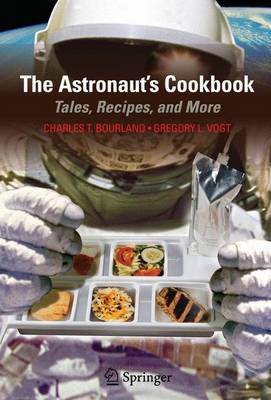What if you believe in something with all your heart and it still doesn’t come true? If you’re Krafft Ehricke then you tell everyone that you can and hope that all together you can make it happen. At least that’s the message from Marsha Freeman’s semi-biography “Krafft Ehricke’s Extraterrestrial Imperative“. Though reading this book may tell you only a bit of Ehricke’s life, it will tell you a lot more about his dreams that he apparently worked toward, with all his heart.
Krafft Ehricke was a compatriot of Wernher von Braun. Both were Germans who brought the V2 rocket into production. After the war, Ehricke joined the German rocketeer group that travelled to the US. There he made significant contributions to the US space program especially with the Centaur upper stage. It, together with the Atlas rocket, made the solar system accessible to humankind. It was also a crowning achievement of Ehricke’s.
While this book provides a little more description of Ehricke’s life, it’s mostly a collection of Ehricke’s efforts to keep space exploration alive. With the Apollo program funding starting to decrease in 1965, Ehricke apparently took it upon himself to advocate for continued and even augmented expenditures.
He describes the Moon as Earth’s seventh continent. He continually vouchsafes space as being a resource to counter the limits to growth dogma of the 1970s. He also wrote of three Laws of Astronautics; the first being that the only limits of humankind are ones placed by himself. The book’s author uses lectures, documents and letters to support this impression of almost frenzied desire to get humankind space bound.
Accompanying these are many illustrative examples of technical solutions; fusion reactors to support life on the Moon, automated vehicles to prepare landing surfaces on the Moon, and, a fictional account of a trip from low Earth orbit to the Martian surface, and back of course. Together, these show a person keenly interested in and technically capable of getting humanity space bound.
This book does great credit to Ehricke’s extraterrestrial imperative. But, it reflects only on this part of his life. As we know, this part, to have humans space bound, remains for humanity to accomplish. As well, the technical capability remains. Still humanity looks for the necessary desire to make it happen. This book has many logical, reasonable, rational arguments for putting people into space.
Yet, these are from a person writing them 40 years ago. Many of the arguments remain and we are still Earth bound. So while the book has some description of Ehricke and a lot of Ehricke’s passion, it is a reflection of what was and adds little to current initiatives to return people to space.
It is surprising to many that the Apollo program began winding down long before a human stepped upon the Moon’s surface. Yet, many recognized the implication of this retreat and sought to do something about it. Marsha Freeman’s book “Krafft Ehricke’s Extraterrestrial Imperative” describes one man’s passionate efforts to keep this dream alive. Sadly, it is still a dream, shared by many but no more real than from many years ago.
Click here to read more reviews or buy this book from Amazon.com.


